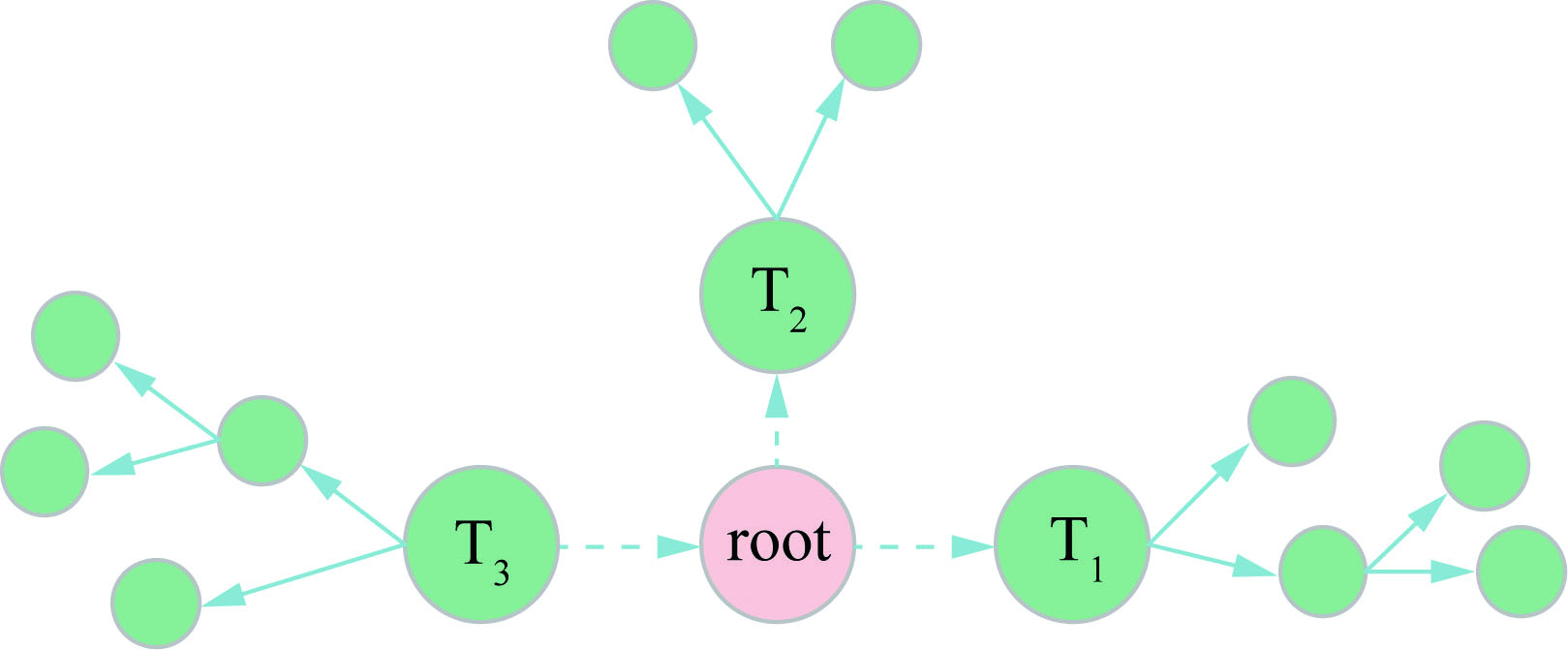 PDF(2677 KB)
PDF(2677 KB)


基于正则化贪心森林的多维频率指标智能化预测方法
黄明增, 文云峰, 汪荣华, 胥威汀, 李婷, 苟竞, 赵荣臻
电力建设 ›› 2020, Vol. 41 ›› Issue (9) : 124-131.
 PDF(2677 KB)
PDF(2677 KB)
 PDF(2677 KB)
PDF(2677 KB)
基于正则化贪心森林的多维频率指标智能化预测方法
 ({{custom_author.role_cn}}), {{javascript:window.custom_author_cn_index++;}}
({{custom_author.role_cn}}), {{javascript:window.custom_author_cn_index++;}}Intelligent Prediction for Multi-dimensional Frequency Indicators Based on Regularized Greedy Forests
 ({{custom_author.role_en}}), {{javascript:window.custom_author_en_index++;}}
({{custom_author.role_en}}), {{javascript:window.custom_author_en_index++;}}
| {{custom_ref.label}} |
{{custom_citation.content}}
{{custom_citation.annotation}}
|
/
| 〈 |
|
〉 |